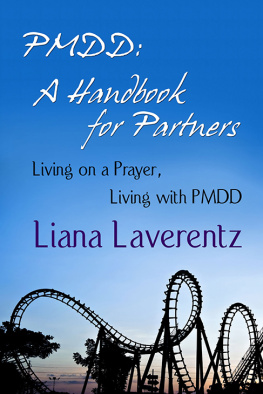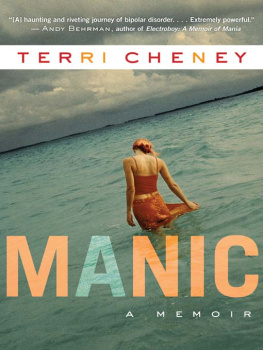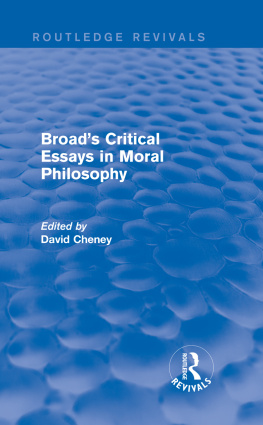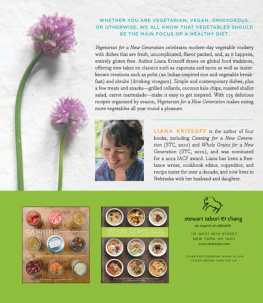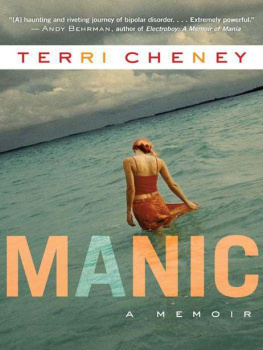Author :
Liana De Girolami Cheney
Layout :
Baseline Co. Ltd
61A-63A Vo Van Tan Street
4th Floor
District 3, Ho Chi Minh City
Vietnam
Parkstone Press International, New York, USA
Confidential Concepts, worldwide, USA
Image-Bar www.image-bar.com
All rights reserved.
No part of this publication may be reproduced or adapted without the permission of the copyright holder, throughout the world Unless otherwise specified, copyright on the works reproduced lies with the respective photographers, artists, heirs or estates Despite intensive research, it has not always been possible to establish copyright ownership. Where this is the case, we would appreciate notification.
ISBN: 978-1-78310-161-0
Beyond perception and signification (lexical or cultural) there develops a whole world of value: before one of Arcimboldos Composed Heads, I am led to not only say of it: I read, guess, discover, and understand, but also: I like, I dont like. Uneasiness, fear, laughter, desire all enter the game.
Roland Barthes
Table of contents
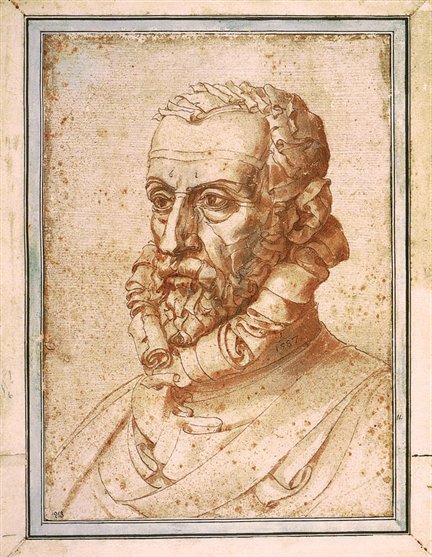
Self-portrait on p aper (Man of Letters), 1587.
Pen and ink on paper, 44.2 x 31.8 cm .
Palazzo Rosso, Gabinetto Disegni e Stampe, Genoa.
Biography
1527 Giuseppe Arcimboldo was born to a noble family in Milan. His father, the painter Biagio Arcimboldo, was friends with Bernardino Luini, a student of Leonardo da Vinci.
1549 The artist s name appeared in the annals of the works of the Cathedral of Milan for the first time, where, with his father, he created drawings for the Cathedral s stained glass windows.
1551 Arcimboldo painted five insignias for the King of Bohemia, and future Emperor, Ferdinand I.
1555 The documents of the annals of the works of the Cathedral of Milan made mention of Arcimboldo s great talent in the execution of the organ doors for the Cathedral.
1558 He sketched Old and New Testament scenes for the tapestries of Death of the Virgin, now found in the Como Cathedral.
1562 Ferdinand I, King of Bohemia, requested Arcimboldos artistic talent at the Habsburg Imperial Court.
1563-1566 He painted the first series of the Four Seasons for Ferdinand I.
1565 Arcimboldos name appeared in the archives of the Habsburg court, cited as court painter.
1566 Arcimboldo painted The Jurist and began the Four Elements series.
1568 He began to collaborate with Giovanni Battista Fonteo, humanist and poet, on thematic and emblematic commissions.
1570 In Prague, Arcimboldo prepared the staging and decorations for a tournament celebrating the wedding of Elisabeth, daughter of Maximilian II, and Charles IX, King of France.
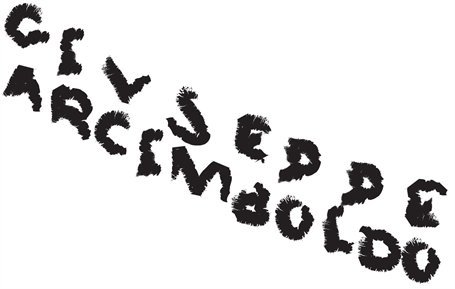
1571 In Vienna, with the help of the poet scholar Fonteo and the artist-philosopher Jacopo Strada, Arcimboldo decorated the apartments for the wedding celebrations of Archduke Charles of Austria and Maria Anna of Bavaria.
1577 He painted another cycle of the Four Seasons and the Four Elements .
1585 Arcimboldo gifted Rudolf II with a portfolio containing a series of 150 drawings.
1586 He designed the decor for the new residence of Baron Grnbuchel, Rudolf II s Minister of Cabinet.
1591 Arcimboldo sent Rudolf II a portrait of the Emperor under the guise of Vertumnus .
1593 11 July, Giuseppe Arcimboldo died in Milan. He is buried in the Church of San Pietro della Vigna.

| S on of the artist Biagio Arcimboldo and Chiara Parisi, Giuseppe Arcimboldo was born in Milan in 1527. Of noble descent, Arcimboldo s family originated from the south of Germany, with some family members relocating to Lombardy during the Middle Ages. Numerous variations of the spelling of the family name can be found: Acimboldi, Arisnbodle, Arcsimbaldo, Arzimbaldo, or Arczimboldo; the boldo or baldo suffix is a mediaeval Germanic derivative. Likewise, Arcimboldo signed his first name in several different ways: Giuseppe, Josephus, Joseph, or Josepho are some of the examples that can be found. |
Red-flanked Duiker and Mountain Coati
Biblioteca Universitaria, Bologna |
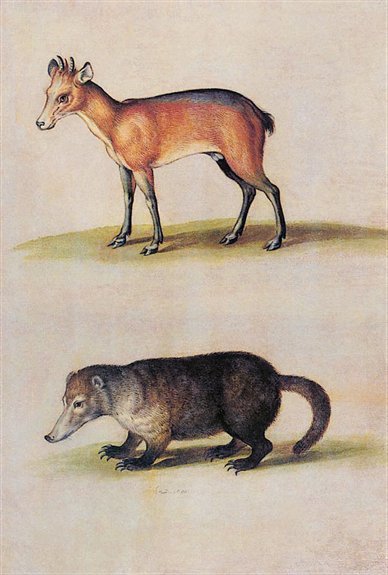

| In his work La noblit di Milano (1619), Paulo Morigi charted the history of Arcimboldo s family and confirmed his nobility, despite very uncertain sources, by tracing his roots back to the time of Charlemagne, when a nobleman named Sigfrid Arcimboldo served in the court of the Emperor. Out of sixteen Arcimboldo children, three were knighted and one amongst them settled in Lombardy. This is how the Italian branch of the family came to be founded. To support his claims, Morigi declared that his narrative came directly from Giuseppe Arcimboldo, a trustworthy gentleman with a respectable lifestyle . |
Red Deer
Watercolour sterreichische Nationalbibliothek, Vienna |
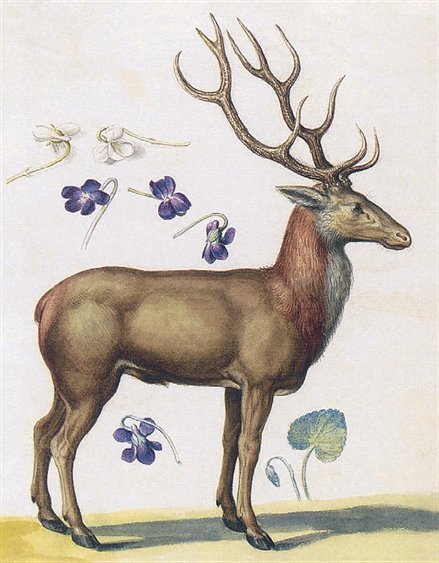

| Also in La noblit di Milano , Morigi continued to develop the history of the Arcimboldo family, although limiting this to the Italian branch residing in Milan. He stated that the widower Guido Antonio Arcimboldo, Giuseppe s great-great-grandfather, was elected Archbishop of Milan in 1489, succeeding his deceased brother, Giovanni Arcimboldo. Between 1550 and 1555, Giovanni Angelo Arcimboldo, illegitimate son of Guido Antonio, reigned as Archbishop of Milan. He advised Giuseppe and steered him through the politics of the artists, humanists, and writers of the Milanese Court. |
Chamois and Ibex
Watercolour sterreichische Nationalbibliothek, Vienna |


| In Milan, Arcimboldo received training from his father in the arts, and also from artists of the Lombard School, such as Giuseppe Meda (active in Milan from 1551 to 1559) and Bernardino Campi (1522-1591), a distinguished painter from Cremona. A certain artistic and scientific fascination for Leonardo da Vinci has been perceived in Arcimboldo s art. In fact, Giuseppe s father, Biagio, had the good fortune to be friends with Bernardino Luini, a student of Leonardo da Vinci s, who, after da Vinci s death, |




